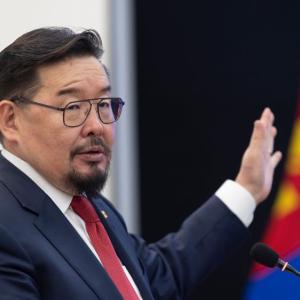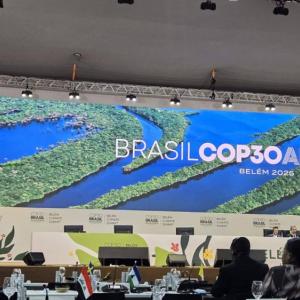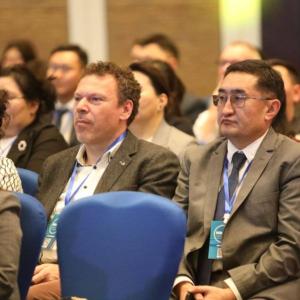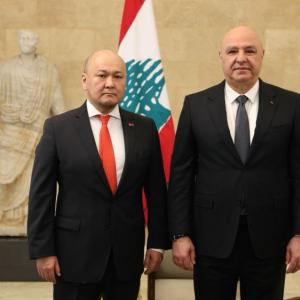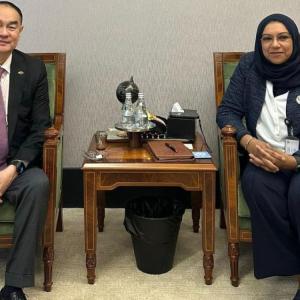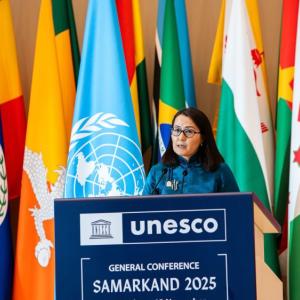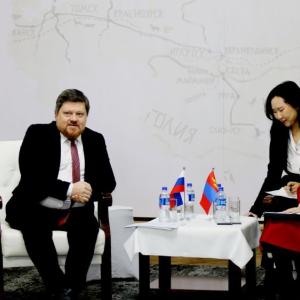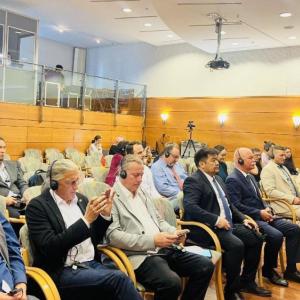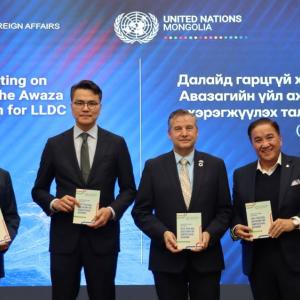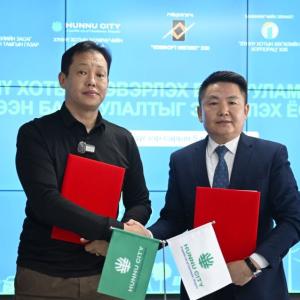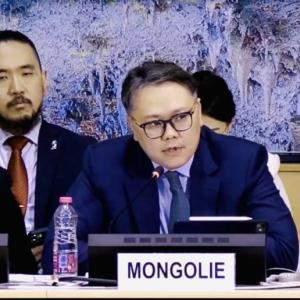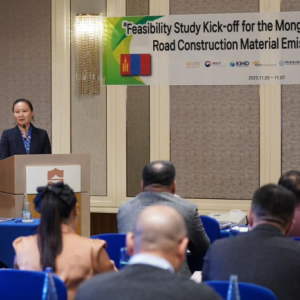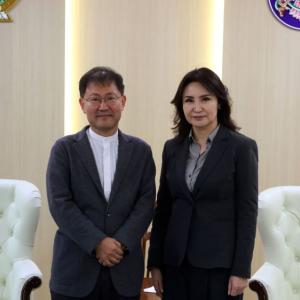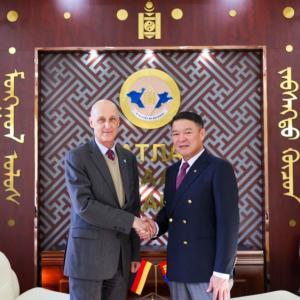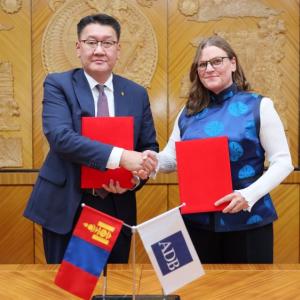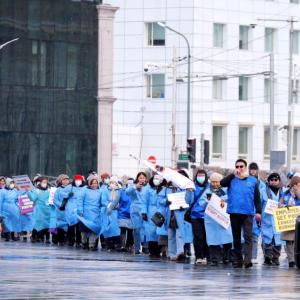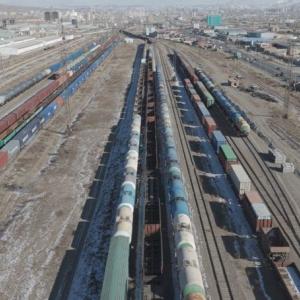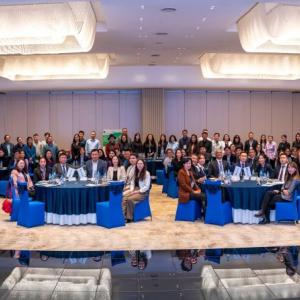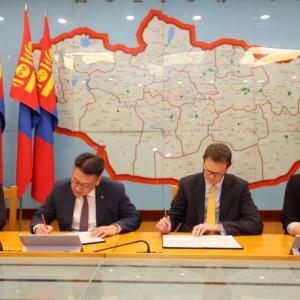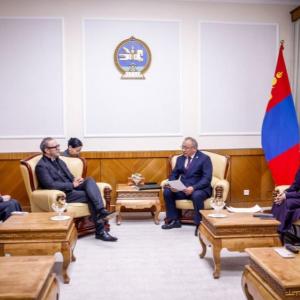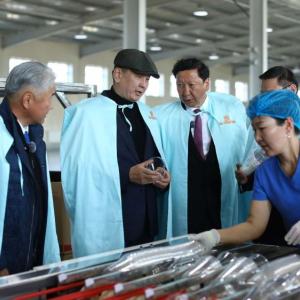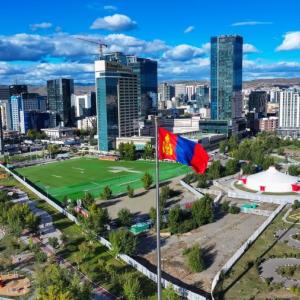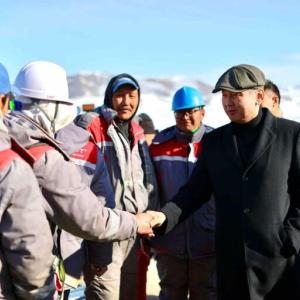Government Submits Five-Year Development Policy for 2026–2030 to Parliament
Politics
Ulaanbaatar, November 10, 2025 /MONTSAME/. The Government of Mongolia submitted to the State Great Khural the draft Resolution on the Approval of the Five-Year Development Guidelines of Mongolia for 2026-2030 on October 30, 2025. In connection with this, Prime Minister of Mongolia Zandanshatar Gombojav met with media representatives on November 9, 2025, to present the policy framework titled “New Trust - Bold Reform” and provide detailed information. Cabinet members and relevant officials attended the meeting.
At the beginning of the
meeting, Prime Minister Zandanshatar introduced Mongolia’s five-year
development policy. He noted that Article 27.1.5 of the Constitution stipulates
the stability of development policy and planning, emphasizing that Mongolia
must learn from the past 30 years and define the path ahead. The prime minister
stated that frequent policy changes with each change in government had been a
major shortcoming in the past.
The new policy was developed in accordance with the Law on
Development Policy and Planning, based on scientific evidence, and reflecting
public opinion, as well as ensuring coherence and unity of objectives across
all stages of planning and implementation. The draft was developed through
consultations with scholars and researchers from the Mongolian Academy of
Sciences, research institutions, and universities. Following the enactment of
the Law on Development Policy and Planning in 2020, Mongolia adopted its
first-ever five-year development policy. According to the law, the next
five-year policy must be submitted to the State Great Khural two months before
the expiry of the previous one. Accordingly, the draft Five-Year
Development Guidelines of Mongolia for 2026-2030 has now been
submitted.

The new policy aligns with “Vision-2050,” Mongolia’s long-term development
policy, and the Government Action Program for 2024–2028.
It encompasses eight strategic directions: Human
Development;
Social Development and Shared National Values; Economic and
Infrastructure Development; Environment and Green Economy; Governance and
Digital Transformation; Regional Development; National Competitiveness; and
Science, Technology, and Artificial Intelligence. Within these
areas, the document outlines 10 national goals, 35
sectoral outcomes, 85 institutional objectives, and 200 program results.
A key feature of the new framework is the inclusion of 10
national goals under the eight policy directions. These include raising
productivity and diversification in the processing industry to sustain stable
economic growth above 6 percent.

The policy also aims to narrow regional development disparities, promote economic diversification, and balance population migration, thereby increasing regional development indicators by 20 percent. It sets goals to improve the business environment, reduce state involvement in markets, promote fair competition, protect the rights of entrepreneurs and investors, and deepen tax and customs reforms. Mongolia’s competitiveness index is targeted to place the country among the world’s top 50 economies within the next five years.
In the education and health sectors, the plan seeks to ensure equitable access to quality services, develop a workforce aligned with labor market demands, and raise the Human Development Index to 0.813. Labor relations, wages, and social insurance will be better aligned to boost employment, reduce workplace accidents and labor rights violations and disputes, and expand the middle class by 20 percent.
Anti-corruption and governance actions will be taken to strengthen public trust in the judiciary and the rule of law, enhance transparency and accountability, improve national defense and resilience capacity, and expand citizen-centered digital public services under the principle of “Digital First.” As a result, Mongolia aims to rank among the world’s top 90 countries in governance indicators.
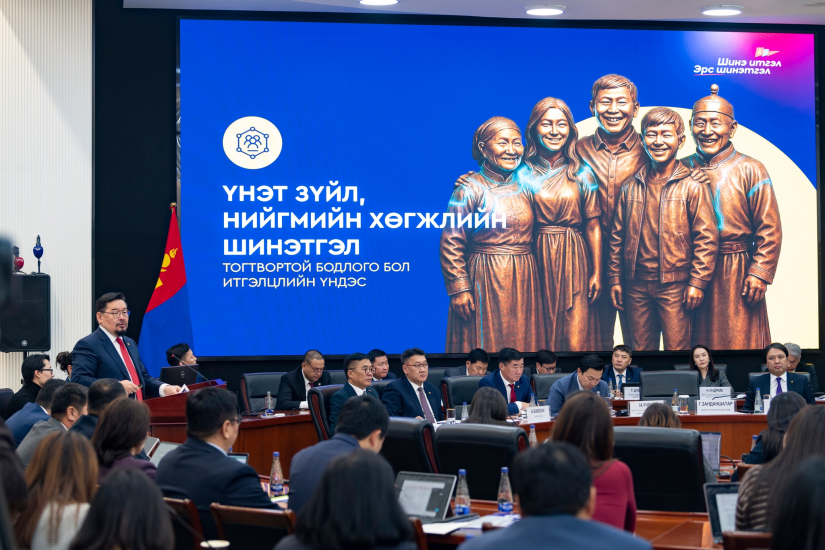
 Ulaanbaatar
Ulaanbaatar







